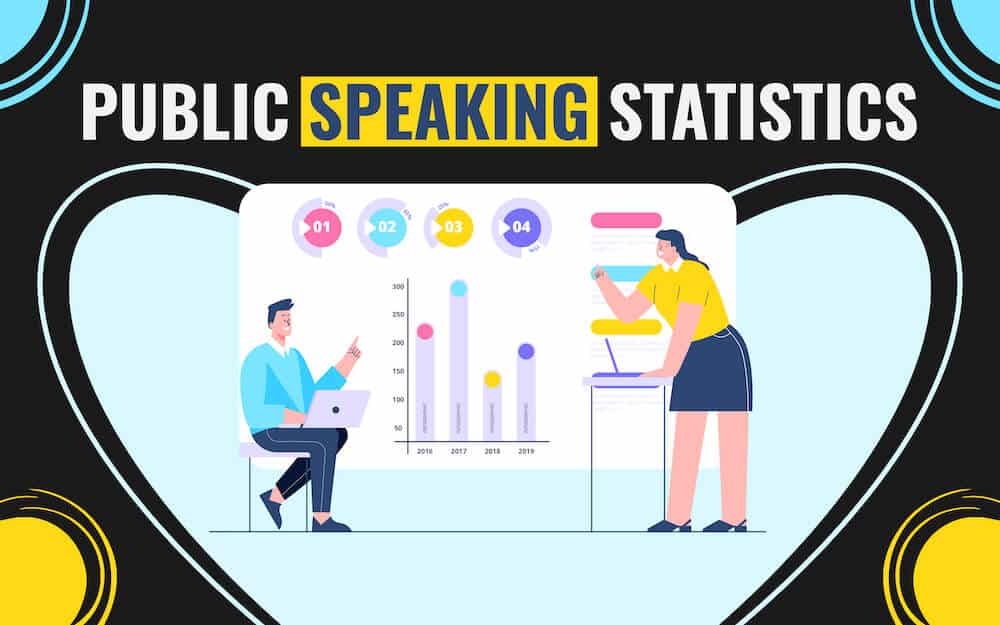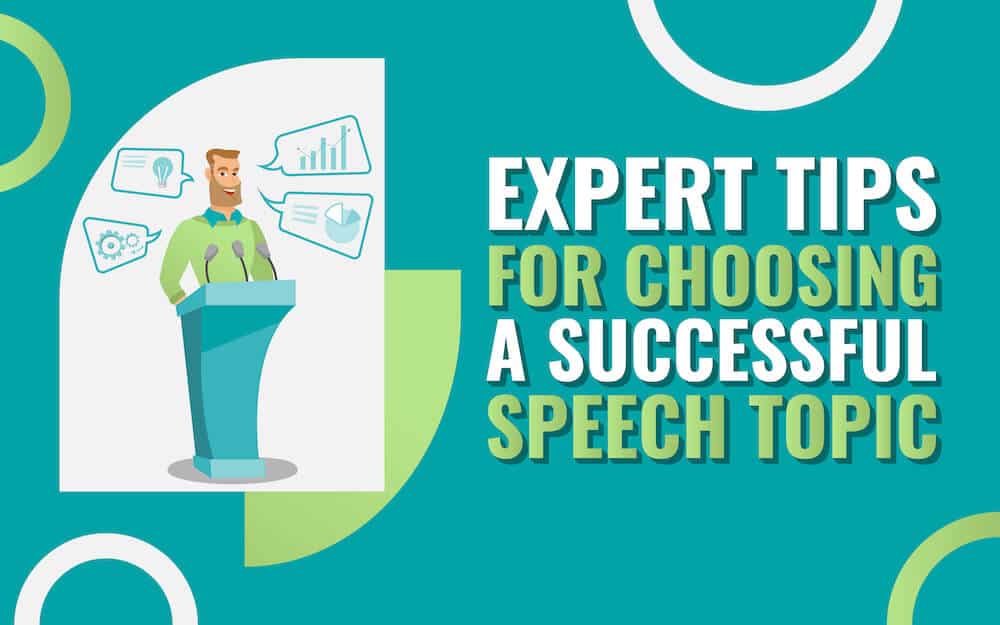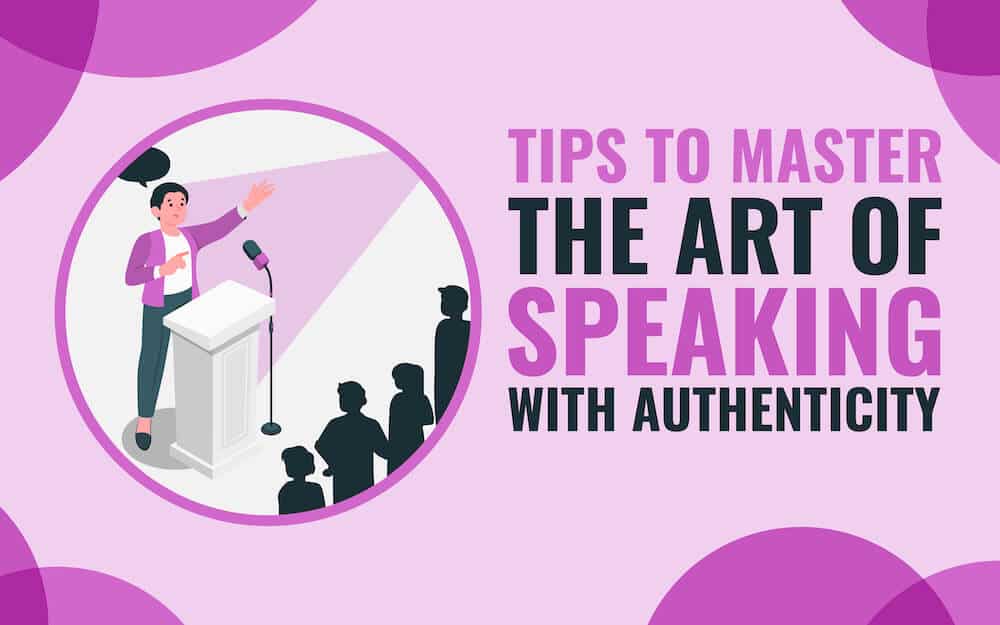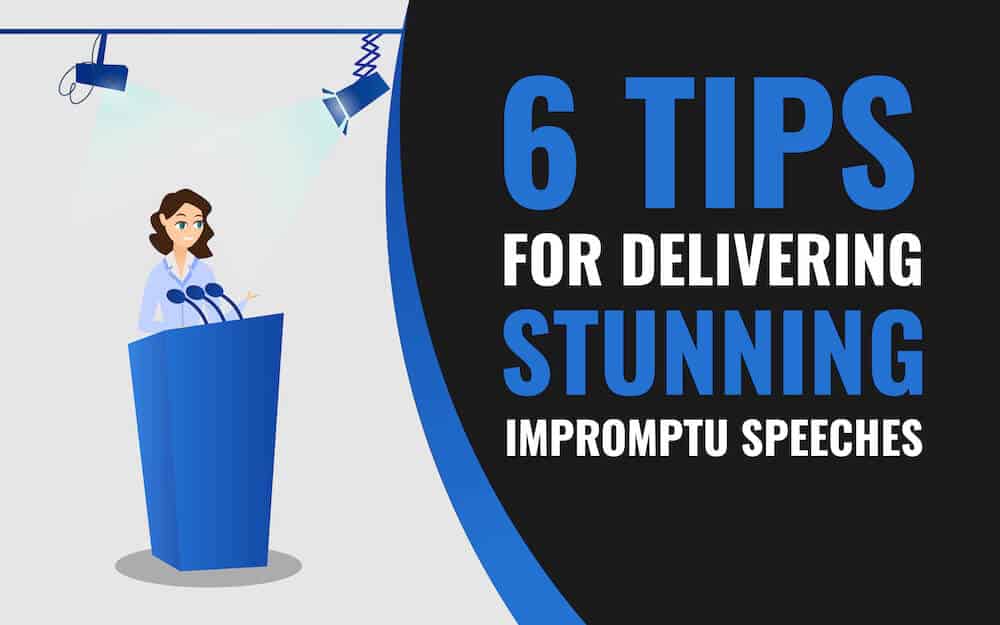
In an increasingly-crowded marketplace, business owners must find competitive advantages that can help them gain an edge. While some leaders might focus on price restructuring or conducting more robust R&D, the biggest advantage any business owner can have is building a strong network of prospects, partners and investors. And there is no better way to build these connections than through public speaking.
Think about it. What is public speaking if not the development and delivery of a powerful message to a specific audience? All relationships are built on trust and communication, and trust and communication are the backbone of effective public speaking.
It’s also worth mentioning that most people today are bombarded by messaging. Whether through television, social media, banner ads, or billboards, almost every second of every day we must fight our way through the noise. This is why so many consumers have begun to completely tune out, if not actively block, ads and other brand messaging.
But public speaking is different. Attendees to your presentation WANT to be there. They have signed up, showered, dressed and driven to the venue and are sitting in those seats specifically to hear YOU talk. They WANT to be engaged and educated by YOU. This is powerful. This is why public speaking is the #1 way to network and build real and lasting relationships with people.
Public Speaking Tips to Grow Your Network
Whether you are a seasoned pro or just getting started, these public speaking tips will help you grow your network and build beneficial and lasting relationships.
1. Be Authentic
Let’s start with perhaps the biggest tip, and that is that you MUST be yourself as a public speaker. Remember, this is about building trust and relationships and you can’t do that if you are pretending to be someone other than yourself.
Instead of focusing on hiding your own supposed flaws, focus on your audience. What are they frustrated with? What are their problems? What do they need? If you focus on how you can help THEM, you don’t have time to pretend to be anything other than the expert problem solver that you are!
2. Share Your Passion
To a certain degree, your audience wants to be educated by you. But what they REALLY want is to be MOVED by you. Moving people requires passion on your part. It’s not enough to give people data or facts, you must stir their emotions and help them to believe they can make a change in their life or business.
Passion is contagious. When you share yours, others become passionate about your message.
3. Be a Story Teller
And since we’re on the topic of MOVING your audience, there is no better way to incite an emotional reaction in others than through storytelling. This is why films and TV are so powerful, because these stories and characters make us FEEL something.
Remember, your audience will be able to see themselves in a story. Also, by sharing a personal story about yourself or your brand, you allow the audience to get to know you better, and this helps to build relationships.
4. Be Prepared
It’s hard to build relationships and connections when you feel nervous. The good news is, it’s hard to feel nervous when you’re prepared.
Being prepared means:
1) You’ve crafted your presentation with your audience in mind.
2) You’ve rehearsed out loud multiple times, so you have a firm grasp on the flow of ideas.
3) You’ve gotten plenty of sleep and have exercised so your body is relaxed.
Do these three things and you will silence those nerves.
5. Make Your Presentation Interactive
The more you encourage participation from your audience, the more connections you will make. And, as a bonus, you will generally be able to hold their attention by interacting with them instead of standing up there for 40 minutes talking AT them.
You can simply ask questions and then for a show of hands, ask for personal examples from audience members, and conduct mini Q&As throughout your presentation. The great thing about holding mini Q&As throughout your presentation is that you can continue to gauge what material is landing with your audience members, and what points you may need to go over again.
There is no denying that business owners need a competitive advantage and there is also no denying that a robust network of patrons, partners and investors can help your brand not just succeed, but thrive.
If you follow these public speaking tips you will be able to build your network and always have a steady stream of loyal followers, as well as partners and investors.



